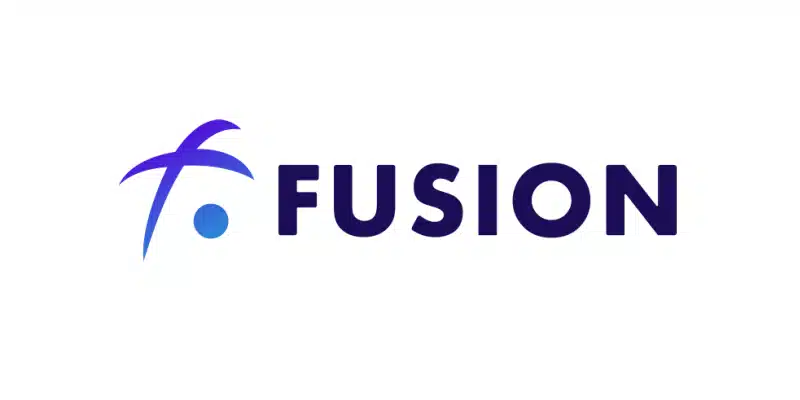Bitcoin stands as the trailblazing vanguard of the cryptocurrency epoch, setting the foundation for what would become a revolutionary financial paradigm. Its legacy, combined with its sheer dominance, makes it an emblem of the first wave of blockchain innovation.
On the other hand, Acala emerges as a beacon in the burgeoning realm of Decentralized Finance (DeFi), exemplifying the advancements and potential of the next generation.
Together, the convergence of these two powerhouses—the established and the emergent—offers a compelling narrative, one that promises to redefine and expand the boundaries of the cryptocurrency universe.
Click here if you are starting on crypto trading. It is an amazing online trading platform for a seamless trading experience
The Evolution of Bitcoin
Incepted in 2009, Bitcoin was a revolutionary answer to the shortcomings of centralized financial architectures. It bravely pioneered the realm of decentralization, laying the foundation for a trustless, peer-to-peer transaction mechanism.
This innovation positioned Bitcoin not just as a cryptocurrency, but as a resilient store of value, drawing comparisons to ‘digital gold’.
However, as transformative as Bitcoin’s technology was, it wasn’t without its limitations. Despite its groundbreaking impact, the Bitcoin blockchain faces challenges in transaction speed and scalability.
Moreover, its adaptability to the intricate financial manoeuvres that characterize today’s DeFi platforms remains a point of contention.
Acala: The DeFi Powerhouse
Acala is a beacon in the decentralized finance realm, meticulously crafted on the Polkadot network. This innovative hub not only showcases the evolution of blockchain technology from Bitcoin’s inception but also introduces groundbreaking DeFi solutions.
Its offerings include a multi-collateralized stablecoin (USD), staking derivatives, and a decentralized exchange.
Leveraging its unique cross-chain capabilities, Acala is equipped to connect diverse blockchain ecosystems seamlessly. This positions it as a pivotal player, destined to shape and drive the DeFi narrative within the expansive Polkadot landscape.
Bridging the Gap
For all its might, Bitcoin has remained somewhat isolated from the thriving DeFi ecosystems. This is where bridges come into play.
Projects have been looking to leverage Bitcoin’s immense market capitalization and reputation in the DeFi space. Solutions like BTC-relay bridges and Wrapped Bitcoin (WBTC) have emerged.
WBTC, for instance, is an ERC-20 token pegged 1:1 with Bitcoin, allowing it to be used on Ethereum’s DeFi platforms.
Similarly, through bridges, Bitcoin can be introduced into the Acala ecosystem, effectively merging its liquidity with the dynamic financial instruments of Acala.
Benefits of the Fusion
1. Enhanced Liquidity: Bitcoin’s market cap, being the largest in the crypto space, can significantly boost the liquidity of DeFi platforms it integrates with. This can lead to better capital efficiency and more attractive yields.
2. Increased Utility for Bitcoin: Beyond being just a store of value, Bitcoin can now be staked, lent, or used as collateral in the DeFi space, giving it unprecedented utility.
3. Risk Diversification: By introducing Bitcoin into the DeFi ecosystem, investors and users can diversify their risk profiles, potentially hedging against systemic risks associated with a single blockchain.
Challenges and Concerns
However, this fusion is not without its challenges:
1. Security Concerns: Bridging Bitcoin to other ecosystems poses security risks. The wrapping process or the bridge itself could become points of vulnerability.
2. Potential Centralization: Ironically, decentralized systems can face centralization issues, especially if a handful of entities control the majority of wrapped tokens or bridge nodes.
3. Gas Fees and Scalability: As Bitcoin enters more active ecosystems, concerns about high transaction fees and network congestion become more pronounced.
Real-world Use Cases and Developments
Numerous initiatives are exploring the vast potential that emerges from integrating Bitcoin into various ecosystems. RenVM, as a prime example, has been instrumental in enabling Bitcoin’s functionality across an array of blockchains, with Polkadot being a standout.
This integration sets the stage for a harmonious partnership with Acala. Given Acala’s compatibility with the Ethereum Virtual Machine (EVM), the horizon looks promising, with vast opportunities for deeper incorporation of Bitcoin into the Polkadot DeFi landscape.
- Read also: Benefits of Litecoin Latch Integration
Conclusion
The melding of Bitcoin with Acala signifies a transformative shift in the crypto ecosystem, fostering a more cohesive and fluid interface between traditional cryptocurrencies and DeFi.
As this fusion heralds a fresh epoch of financial innovation, resources offer valuable insights, helping users navigate and appreciate the evolving landscape.
Despite existing challenges, such integrations hold promise to redefine decentralized finance, enhancing its inclusivity, liquidity, and versatility.

Legacy Benjamin is a serial SEO content writer with a half-decade of experience in the field of blogging. He is also a skilled business consultant, providing valuable insights to companies and individuals seeking growth and success. His expertise lies in crafting compelling and engaging content that captivates audiences and drives business results. For business deals, contact him


Dear Sir/Ma are will work for promoting and developing of this opportunity and use all effort for development and are will not let’s you down thanks